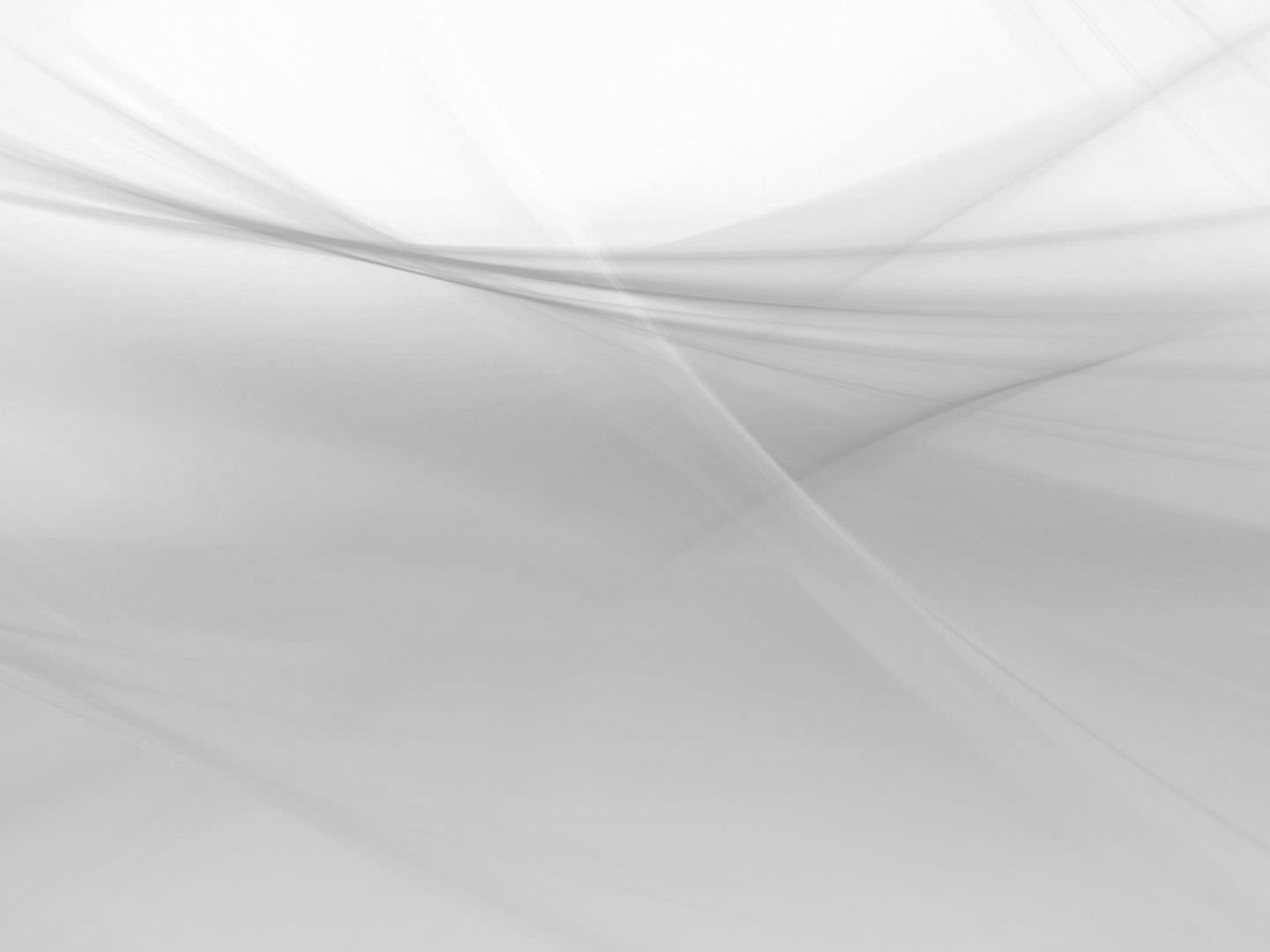

3
Foreword
Robert Plattner -
Managing Director
The Hydraform value proposition
is being adopted in many
countries battling the challenges
of affordable housing and
employment. The result has been
more interest from government,
notably in South Africa and
Uganda.
D
espite incredible growth in recent years, developing
economies still face serious challenges: governance, health
systems, infrastructure and poverty, among others. Poverty,
for instance, can be seen in high unemployment – particularly
among the young – and a lack of affordable housing, not
to mention electricity, refuse removal, sewerage and water
services.
At the same time, governments are slowly waking up to the
fact that there are ways to tackle some of these challenges
that can kill two birds with one stone. Take the Hydraform
Building System for example – because it primarily uses materials
found at the sites where housing is often required, it has little
environmental impact.
Since no special skills are required to use the system, it’s easy
for the unemployed and unskilled to learn to use. And once
learnt, and as long as the machinery remains available, it can
provide a steady source of income in regions where paying jobs
are scarce.
This is a win-win scenario: a desperate need for housing is
satisfied at the same time that the unemployed are provided
with skills and equipment that can provide a permanent path
out of the poverty trap. You can read more about some of these
projects inside this magazine.
And the interest is not limited to the two countries mentioned
above – as you will see in the case studies offered herein. In
addition, there are plenty of other countries not represented in
these pages that are also showing considerable interest in the
Hydraform Building System.
One of these is Nigeria, which has just come through its first
democratic change in government and has declared war on
corruption, nepotism and graft. Early indications are that this
new government intends to dramatically reform the public
service and improve service delivery to the most vulnerable in
society. And when it comes to providing affordable housing for
the poor, the Hydraform Building System is unrivalled.
All of this is very promising for Hydraform the company, but the
increased levels of interest are putting pressure on our project
delivery capability. The result is that we are now investing in
improving that aspect of the business, partially by building
alliances that allow us to outsource additional capacity when
it is needed.
The focus of this activity will remain on Africa, which for us
represents the area of greatest need. Meanwhile distributors
and agents in other parts of the world will continue the work
they’re doing to market and deliver the Hydraform Building
System.
And back at home in South Africa, we’re focusing innovation
efforts on improving the Hydraform Building System still further.
The primary goal of these efforts is to bring down costs even
more while continuing to improve quality.
One thing remains constant: we firmly believe that the goal of
any housing development needs to change. The goal must not
just be to provide houses which are habitable and acceptable,
it must first and foremost focus on ensuring the health and safety
of the intended residents.
Homes must also be easy to maintain, environmentally
sustainable and should provide employment opportunities in
the construction, alteration and refurbishment thereof.
A Hydraform house is not a single project, it is a way of life for
many years to come.
A Hydraform house comforts families and helps to underpin
family values.
Continuing to develop the Hydraform
Building System















